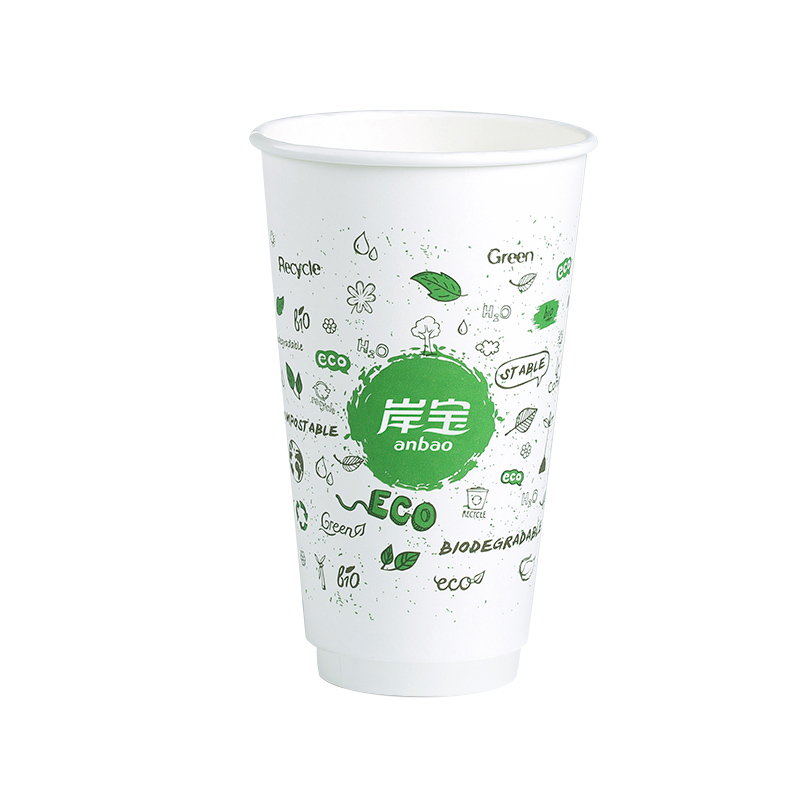
When it comes to evaluating the environmental benefits of choosing paper cups, there are a number of factors to consider. Paper cups, compared to other alternatives such as plastic or foam cups, offer several advantages in terms of sustainability and environmental impact. Let’s break down these advantages:
- Renewable and biodegradable material: Paper cups are typically made from a renewable resource – trees. Most paper cups are crafted from sustainably managed forests, which are continuously replanted to ensure a steady supply of trees. Additionally, paper cups are biodegradable, meaning they can break down naturally over time, unlike plastic or foam cups that can persist in the environment for centuries.
- Reduced energy consumption: The manufacturing process for paper cups requires less energy compared to other types of cups. The production of plastic or foam cups involves high energy consumption and the extraction and processing of fossil fuels, which contributes to greenhouse gas emissions. The use of paper cups helps reduce the carbon footprint associated with cup production.
- Lower greenhouse gas emissions: As mentioned above, the production of paper cups emits fewer greenhouse gases compared to plastic or foam cups. Additionally, paper cups can be recycled, further reducing the carbon emissions associated with their manufacturing. Proper recycling of paper cups helps prevent the release of methane, a potent greenhouse gas, which can occur when organic waste decomposes in landfills.
- Greater recycling potential: Paper cups can be easily recycled in many regions. They are typically made from high-quality paper, which can be recycled into new paper products multiple times. Recycling paper cups helps conserve valuable resources like water and energy, as well as reduce the demand for raw materials. In contrast, plastic cups, especially those made from mixed plastics, often have limited recycling options and often end up in landfills or incineration, causing environmental pollution.
- Source reduction:Disposable Paper cups can also contribute to waste reduction efforts. Single-use plastic or foam cups often end up as litter, leading to pollution in oceans, rivers, and the environment. By opting for paper cups, individuals can choose a more sustainable alternative and help reduce litter.
- Potential for composting: Some paper cups are designed to be compostable. Composting offers a beneficial end-of-life option for paper cups, as compost can be used as a natural fertilizer for soil. Composting not onhttps://www.anbaoeco.com/product/pbs-coated-disposable-paper-coffee-cup/ly helps divert waste from landfills but also helps improve soil health and reduce the need for chemical fertilizers.
- Consumer preference and behavior change: The increased consumer demand for environmentally friendly products and packaging has driven companies to adopt paper cups as their primary offering. By choosing paper cups, consumers are signaling their preference for sustainable alternatives, encouraging more businesses to switch to greener options.
However, it is important to note that paper cups also have some environmental drawbacks. For example, the production of paper cups requires significant water usage, and the bleaching process involved can introduce harmful chemicals into the environment. Additionally, paper cups may not always be responsibly sourced, leading to deforestation and habitat destruction.


